Benefits of running for weight loss and more
- Running is easy and requires no financial investment or special equipment, so anyone can do it.
- It is a safe sport and will only bring benefits if you follow the basic rules.
- Regular exercise can really help you lose weight because it provides a powerful aerobic workout. On average, an hour of running burns 500-700 kcal.
- Running brings comprehensive benefits to people, which is not only related to body shape, but also related to health. It helps fight stress, strengthens the nervous system, trains the heart and blood vessels, and improves their function.
- Jogging normalizes the function of the digestive system and speeds up metabolism.
- Running is perfect for building muscles and keeping them toned.
- This type of activity stimulates the elimination of harmful waste products, toxins, and excess fluids from the body.
- Severe disorders of the heart and blood vessels (heart defects, heart failure, blood pressure problems);
- venous aneurysm;
- Bronchial Asthma;
- Endocrine system disorders;
- severe vision problems;
- inflammatory processes in the body;
- infectious diseases;
- Problems with the musculoskeletal system.
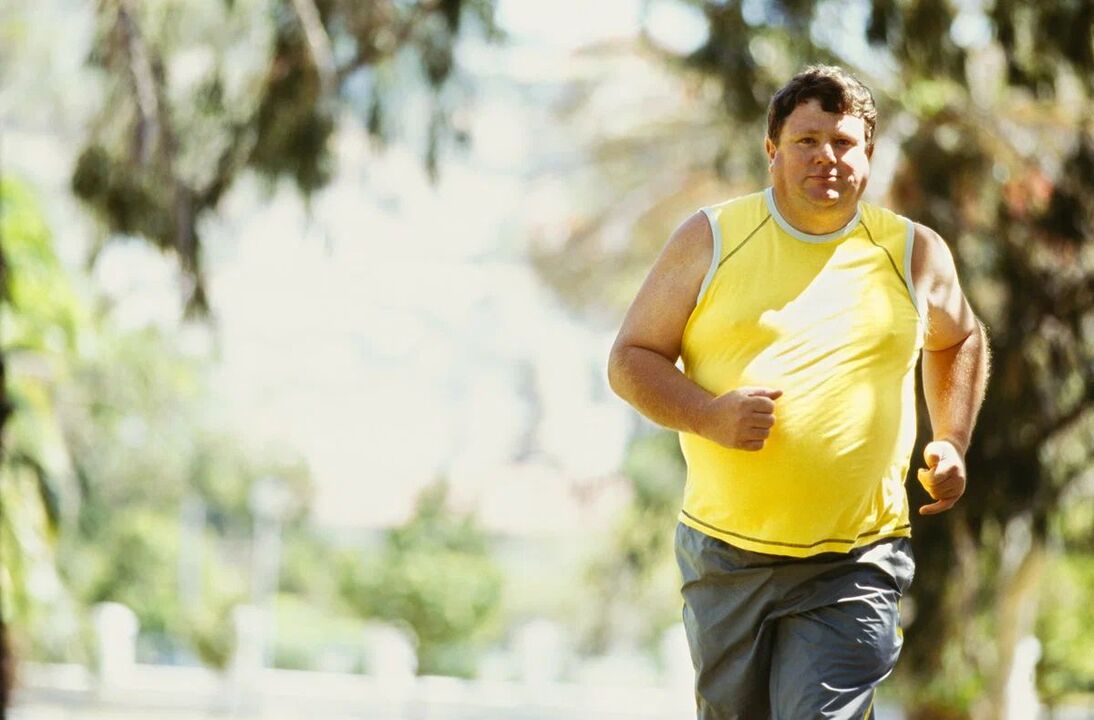
Why running is good for losing weight
- For jogging (7-9 kilometers per hour), fat burning starts after 20-30 minutes of continuous running.
- With interval training, the lipolysis process starts earlier; you don't need to run for an hour to start fat catabolism. But interval running is quite demanding, and this type of aerobic exercise isn't suitable for everyone.
How to Burn Fat by Running: Basic Rules
Running time
Prepare and complete your workout
- It is recommended to eat at least two hours before training to burn fat;
- Taking a hot bath in advance can strengthen muscles and blood vessels, making it easier for the body to bear loads;
- Before the main part of the session, do a short warm-up - this will help prevent injuries and muscle pain as the body will be ready to handle the stress.

- Stop gradually, not suddenly. Transition from running to walking and gradually slow down. This will help restore breathing and heart rate and force the body to burn more calories.
- After your run, take a warm bath, which will help calm your muscles and nervous system.
- Avoid hypothermia. During a run, your body warms up, and breeze or drafts can negatively impact your health.
Choose exercise intensity
clothes and shoes

Regularity of training
- When running, be sure toTake control of your physical condition.Pain and dizziness are unacceptable. Breathing should remain even.
- You can run on a treadmill or in an open space.The first option is good because it works in any weather. The second one allows you to enjoy the beauty of nature and breathe fresh air, but due to weather conditions it is not always available. It is recommended not to run on asphalt, but on the ground - this has a beneficial effect on endurance levels and allows you to distribute the load correctly.
- Make sure your running technique is correct.
- posturewhile runningIt should be level.Breathe evenly. Changes in tempo should be smooth.
- To reduce leg weight, it is recommended to use high-hip techniques, including adding running steps to your training, as well as alternating running and jumping (with or without a jump rope).
- To reduce weight in the abdomen, also put pressure on the abdominal muscles and control their tension at all times.
How to build strength, endurance and burn fat with running

A universal but insidious discipline
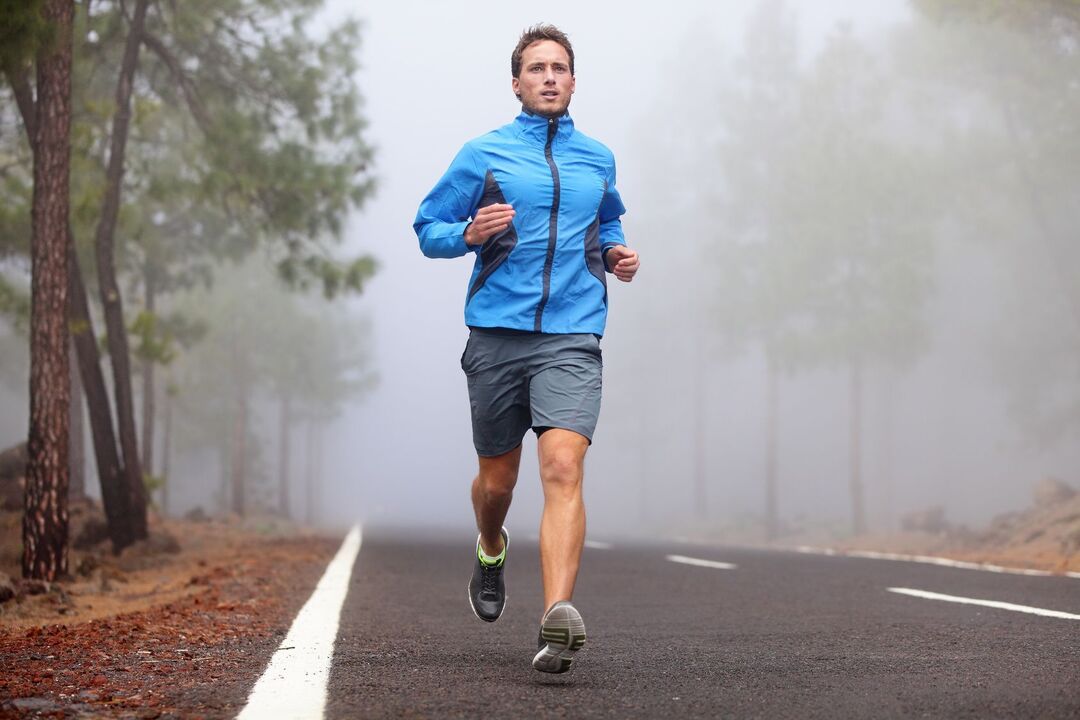
Suitable for everyone
where to start
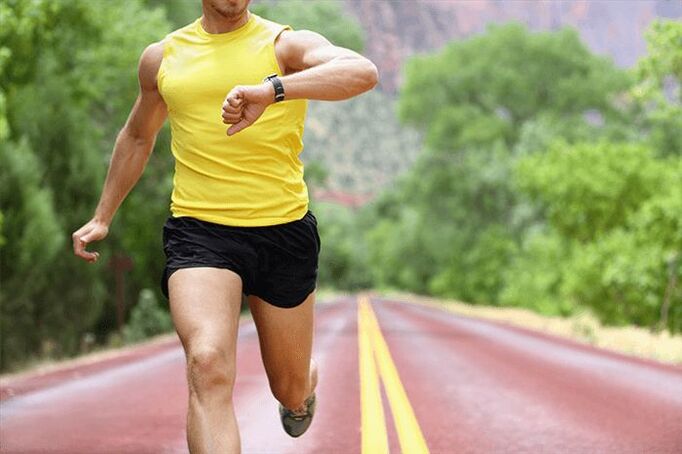
- Don't run on asphalt.A stadium with a rubber surface will work, a gym treadmill will work, or dirt with grass will work. Asphalt is not good, but it puts excessive stress on joints and ligaments. Separately choosing high-quality sneakers (how to do this is written here) will partially solve the problem of hard surfaces, but this is not a panacea and not everyone has such an opportunity. But you can run on said surfaces in any kind of even the most obscure Chinese sneakers (just be prepared to get calluses from them).
- Work within your aerobic threshold.I describe the theory in detailThis article("Aerobic Training" section), I won't repeat it, but I will briefly summarize it. If you have a heart rate monitor (any type - optical, chest mounted) - it works in the heart rate range of 120-150 beats/minute. The most important thing is not to suffocate - there must be enough oxygen. If you don't have a heart rate monitor, use your breathing as a guide. Once you start choking, it becomes difficult - walk briskly until your breathing returns, then run lightly. You work like this for an hour. Even if you walk most of the time.
- After 60 minutes, note how far you walked during that time. Next time, try running and walking more.It could be 100 meters, 200 meters, or even more. If you do everything right, you don't have to put too much pressure on yourself. The body itself can adapt to any reasonable load and has certain reserves. In this case we focus on breathing and heart rate, not overloading the body and it will adapt by compensating. I take a day off, go back to the stadium, run/walk for an hour - check my smartphone (if it can count steps), activity tracker or count laps and lo and behold, you've covered more distance, butAt the same time there is no time when you are in pain or out of breath while running. I speak from my own experience.

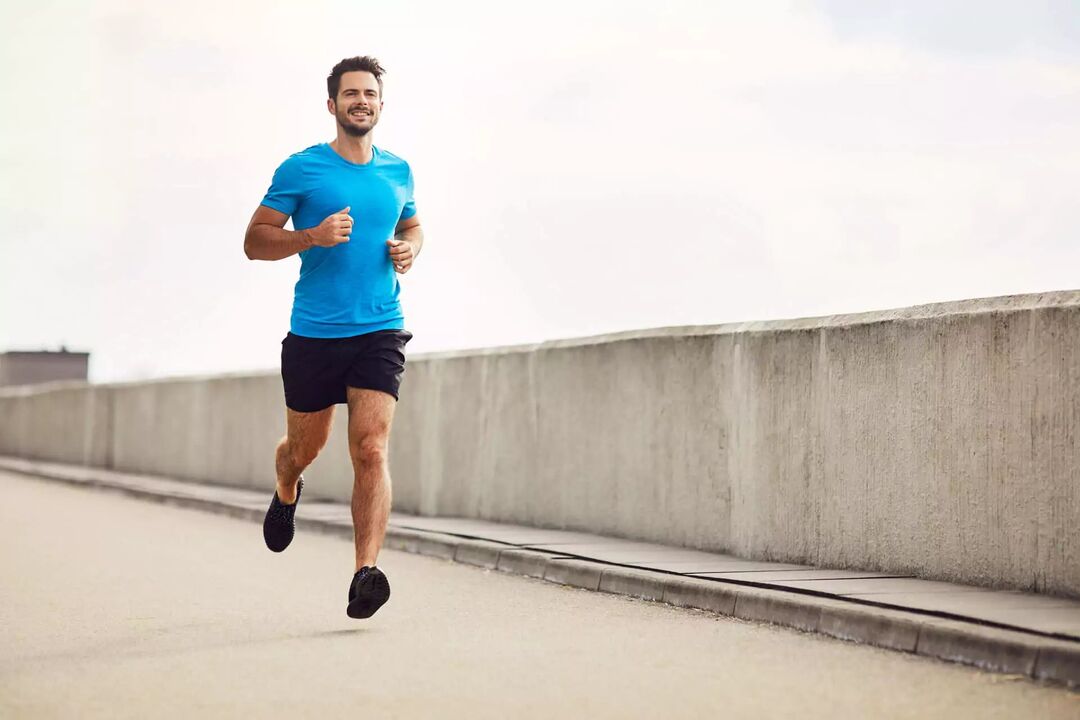
Running for weight loss: How to burn more calories?
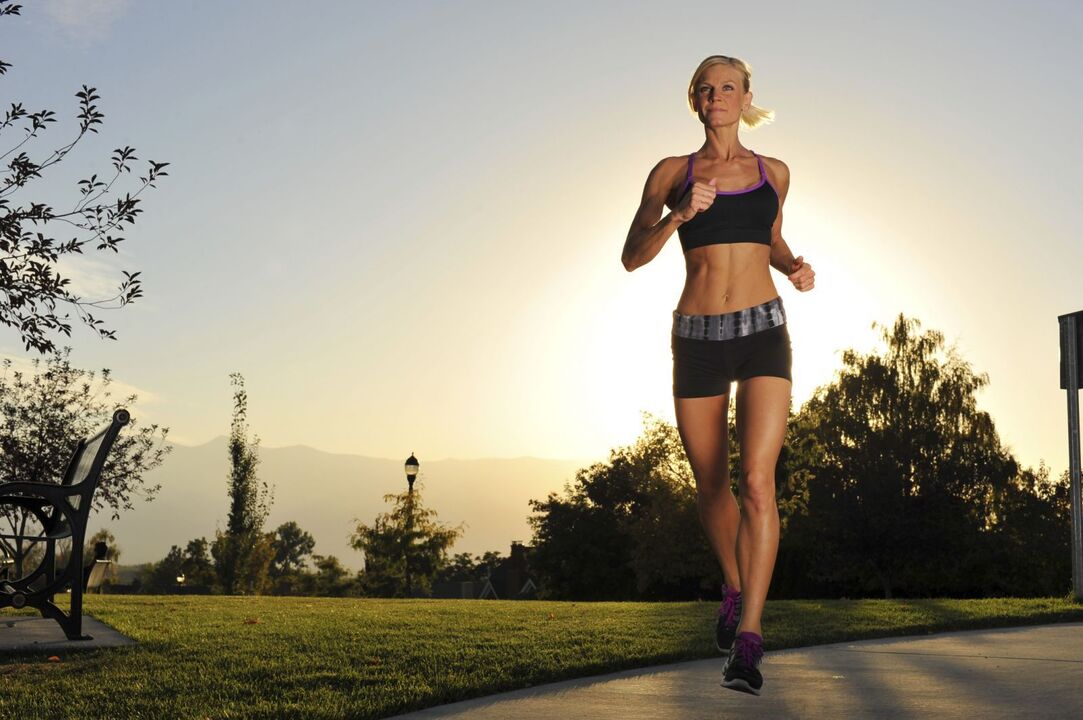
How to run correctly to lose weight
- Lower heart rate thresholdThe frequency of maintaining fat burning is 120 times per minute.
- upper limitAt 160 beats per minute, it preserves fat burning rather than muscle burning, and the heart muscle is not put under undue stress.
- 220 - 30 = 190 beats/minute - we get the maximum heart rate.
- We multiply the maximum value by 0. 6 to calculate 60% of the maximum value.
How many calories do you burn while running?
How far should you run to lose weight?
but alsoTraining for less than 20 minutes is simply pointless.
When is the best time to run to lose weight?
Running weight loss plan
Outdoor running for beginners
| running | 2 minutes |
| fast walk | 2 minutes |
Outdoor running for healthy people
| running | 5 minutes |
| walk | 2 minutes |
Suitable for beginners to train on the gym treadmill
| running | 2 minutes |
| Take the slope | 2 minutes |
Treadmill running advanced
| running | 5-10 minutes |
| Take the slope | 2-3 minutes |

































